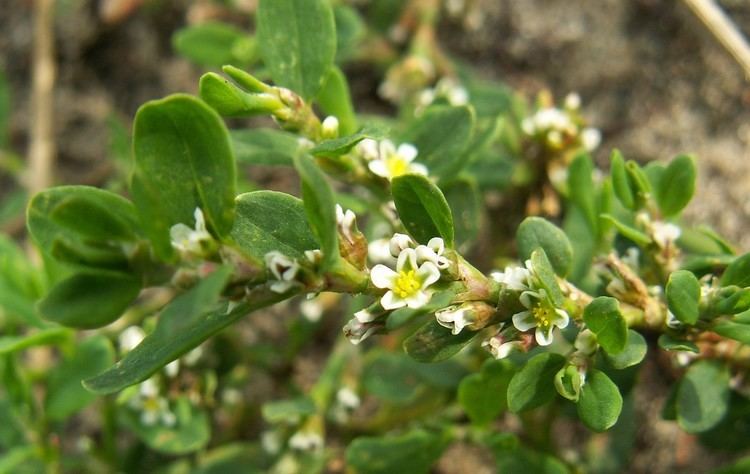Rank Species | Genus Polygonum Higher classification Knotweed | |
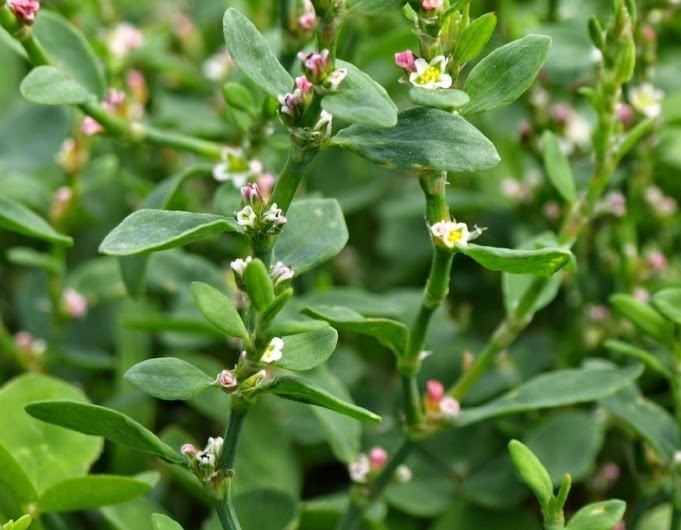 | ||
Similar Knotweed, Spotted ladysthumb, Common Chickenweed, Plantains, Field horsetail | ||
Polygonum aviculare knotrgass
Polygonum aviculare or common knotgrass is a plant related to buckwheat and dock. It is also called prostrate knotweed, birdweed, pigweed and lowgrass. It is an annual found in fields and wasteland, with white flowers from June to October. It is widespread across many countries in temperate regions, apparently native to Eurasia and North America, naturalized in temperate parts of the Southern Hemisphere.
Contents
- Polygonum aviculare knotrgass
- Common knotgrass polygonum aviculare 2014 09 07
- Description
- Distribution
- Habitat
- Chemistry
- Cuisine
- Subspecies
- References
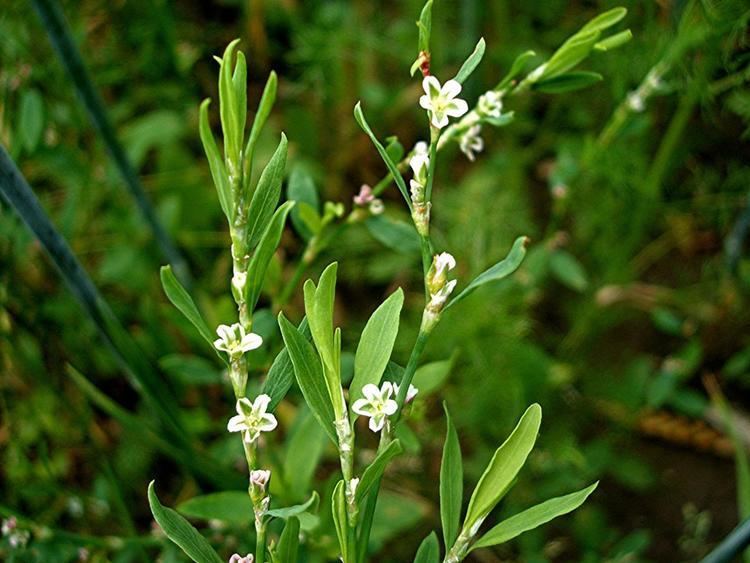
Common knotgrass polygonum aviculare 2014 09 07
Description
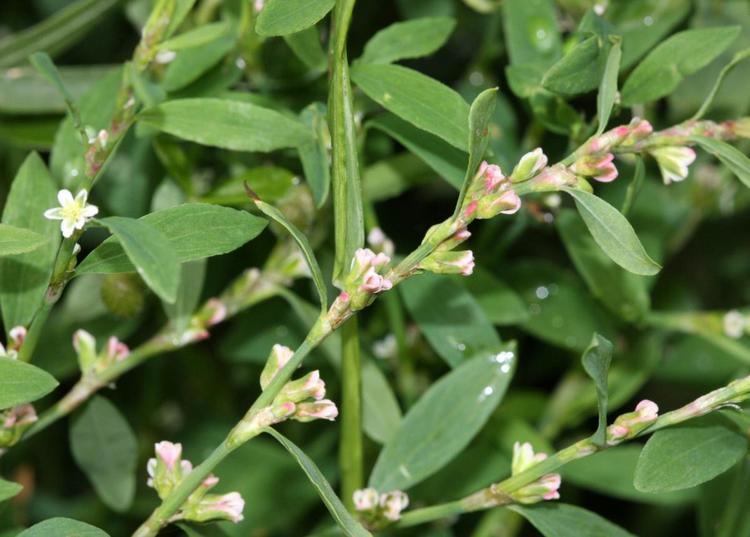
Common knotgrass is an annual herb with a semi-erect stem that may grow from 10 to 40 cm (4 to 16 in) high. The leaves are hairless and short-stalked. They are longish-elliptical with short stalks and rounded bases; the upper ones are few and are linear and stalkless. The stipules are fused into a stem-enclosing, translucent sheath known as an ochrea that is membranous and silvery. The flowers are regular, green with white or pink margins. Each has five perianth segments, overlapping at the base, five to eight stamens and three fused carpels. The fruit is a dark brown, three-edged nut. The seeds need light to germinate which is why this plant appears in disturbed soil in locations where its seeds may have lain dormant for years.
Distribution
Widespread and common in Great Britain, Ireland, and Scandinavia.
Habitat
Common on roadsides and arable ground in the British Isles.
Chemistry
Polygonum aviculare contains the flavonols avicularin, myricitrin, juglanin, astragalin, betmidin and the lignan aviculin.
Cuisine

In Vietnam, where it is called rau đắng, it is widely used to prepare soup and hot pot, particularly in the southern region.
Subspecies
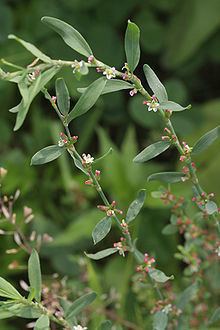
Polygonum aviculare has a wide distribution as an arable weed and plant of fields, shingle, sand, roadsides, yards and waste places. There is much morphological variations among different populations and several different sub-species are recognized:
